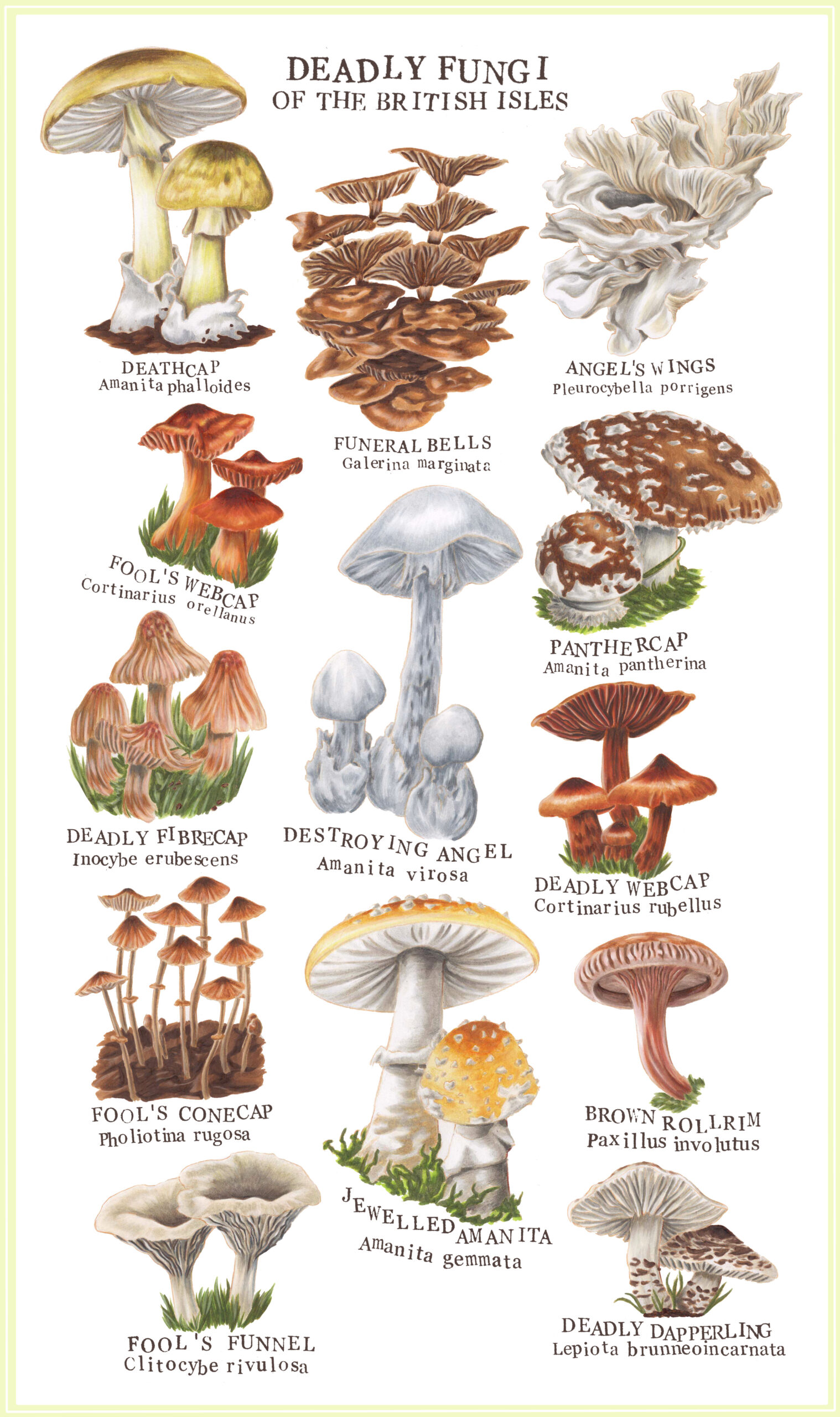Deadly Fungi: The Next Superbug Crisis

Table of Contents
The Rise of Antifungal Resistance
The increasing resistance of fungi to antifungal drugs poses a grave threat to global health. This resistance isn't a distant possibility; it's happening now, fueling the rise of deadly fungi strains across the world.
Mechanisms of Antifungal Resistance
Fungi, like bacteria, employ various strategies to evade the effects of antifungal medications. These include:
- Genetic mutations: Changes in fungal DNA can alter the target sites of antifungal drugs, rendering them ineffective.
- Efflux pumps: These specialized cellular pumps actively expel antifungal drugs from fungal cells, reducing their intracellular concentration.
- Target modification: Fungi can alter the structure of the drug's target site, hindering the drug's ability to bind and exert its effect.
- Biofilm formation: Biofilms, complex communities of fungi encased in a protective matrix, can impede the penetration of antifungal drugs.
Several fungi are already displaying alarming levels of resistance. Candida auris, a particularly dangerous yeast, is notorious for its multi-drug resistance, causing serious bloodstream infections and proving difficult to treat. Similarly, Aspergillus fumigatus, a common mold, is developing resistance to multiple azoles, a class of widely used antifungal drugs.
Factors Contributing to Resistance
The widespread and often inappropriate use of antifungals significantly contributes to the development of resistance. This overuse occurs in various settings:
- Agriculture: The use of antifungal agents in agriculture to protect crops from fungal diseases drives the selection and propagation of resistant strains.
- Medicine: Overprescription of antifungals, prolonged treatment courses, and the use of broad-spectrum antifungals in cases where narrow-spectrum drugs would suffice all contribute to resistance.
- Veterinary practices: The use of antifungals in livestock and companion animals also contributes to the problem, potentially creating reservoirs of resistant fungi that can spread to humans.
The Growing Threat of Invasive Fungal Infections
Invasive fungal infections, those that spread beyond the initial site of infection, are particularly dangerous and often life-threatening, especially when caused by deadly fungi.
High-Risk Populations
Several groups are at heightened risk of severe fungal infections:
- Immunocompromised individuals: People with weakened immune systems, such as those with HIV/AIDS, organ transplant recipients, and cancer patients undergoing chemotherapy, are highly susceptible to invasive fungal infections.
- Hospital patients: Hospital settings provide an ideal environment for the transmission of fungal pathogens, particularly among individuals already weakened by illness. Patients in intensive care units and those with indwelling medical devices are at especially high risk.
Global Spread of Deadly Fungi
The globalization of travel and trade has facilitated the rapid spread of drug-resistant fungi worldwide. Candida auris, for example, has spread across multiple continents, highlighting the ease with which these pathogens can transcend geographical boundaries.
- The rapid international movement of people increases the risk of transporting resistant strains across borders.
- Data from global surveillance networks reveal a concerning increase in the prevalence of resistant fungi across diverse geographical regions.
The Challenges in Combating Deadly Fungi
Combating the threat of deadly fungi presents formidable challenges.
Limited Treatment Options
The arsenal of effective antifungal drugs is limited, and developing new ones is a complex and costly undertaking.
- Many existing antifungal drugs are highly toxic, limiting their therapeutic use.
- The inherent difficulties in targeting fungal cells without harming human cells make drug development particularly challenging.
- The high cost of antifungal drug research and development acts as a barrier to innovation.
Diagnostic Challenges
Rapid and accurate diagnosis of fungal infections is crucial for effective treatment, but it is often hampered by various factors:
- Many diagnostic tests lack the sensitivity required to detect low levels of fungi.
- Differentiating between different fungal species can be difficult, potentially leading to delays in appropriate treatment.
Prevention Strategies
Implementing robust prevention strategies is vital to curb the spread of deadly fungi and mitigate the risk of infections:
- Improved hygiene: Strict adherence to hand hygiene protocols in healthcare settings and other high-risk environments is paramount.
- Infection control practices: Effective infection control measures, including environmental cleaning and disinfection, are crucial to prevent the transmission of fungal pathogens.
- Responsible antifungal use: Implementing stewardship programs to promote the judicious use of antifungal agents is essential to prevent the further development of resistance.
Conclusion
The rise of antifungal resistance, the increasing prevalence of invasive fungal infections, and the challenges in combating deadly fungi paint a concerning picture. The potential for a widespread superbug crisis fueled by deadly fungi is real and demands immediate attention. We urgently need increased research funding to develop new antifungal drugs, improved diagnostic tools, and strengthened global collaboration to implement effective prevention strategies. Learn more about fungal infections, advocate for responsible antifungal use, and support initiatives dedicated to combating this emerging public health threat. The fight against deadly fungi is a battle we must win, and now is the time to act decisively.

Featured Posts
-
 Jayson Tatum Bone Bruise Will He Play Game 2
May 08, 2025
Jayson Tatum Bone Bruise Will He Play Game 2
May 08, 2025 -
 Krachy Pwlys Ky Naahly Jawyd Ealm Awdhw Ka Byan
May 08, 2025
Krachy Pwlys Ky Naahly Jawyd Ealm Awdhw Ka Byan
May 08, 2025 -
 The Great Decoupling A New Era Of Global Economic Relations
May 08, 2025
The Great Decoupling A New Era Of Global Economic Relations
May 08, 2025 -
 Bitcoin Buying Volume On Binance Tops Selling For First Time In Half A Year
May 08, 2025
Bitcoin Buying Volume On Binance Tops Selling For First Time In Half A Year
May 08, 2025 -
 Inter Vs Barcelona Live Uefa Champions League Match
May 08, 2025
Inter Vs Barcelona Live Uefa Champions League Match
May 08, 2025
